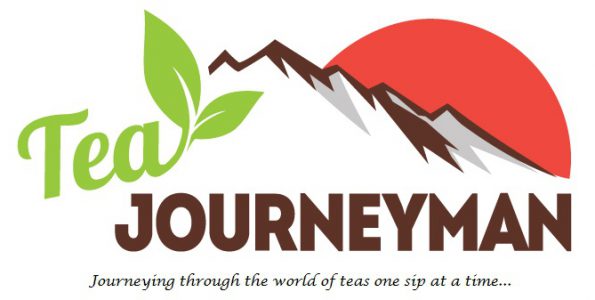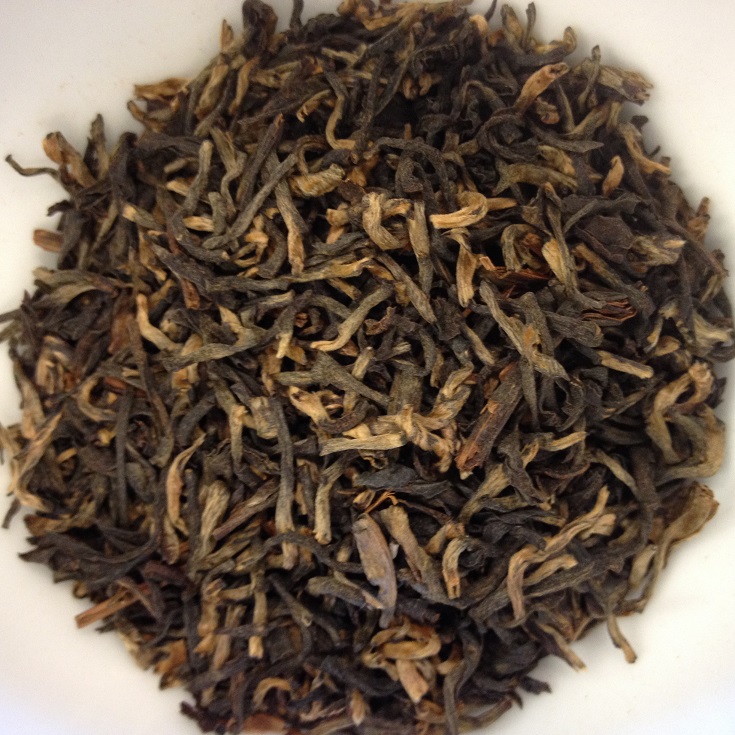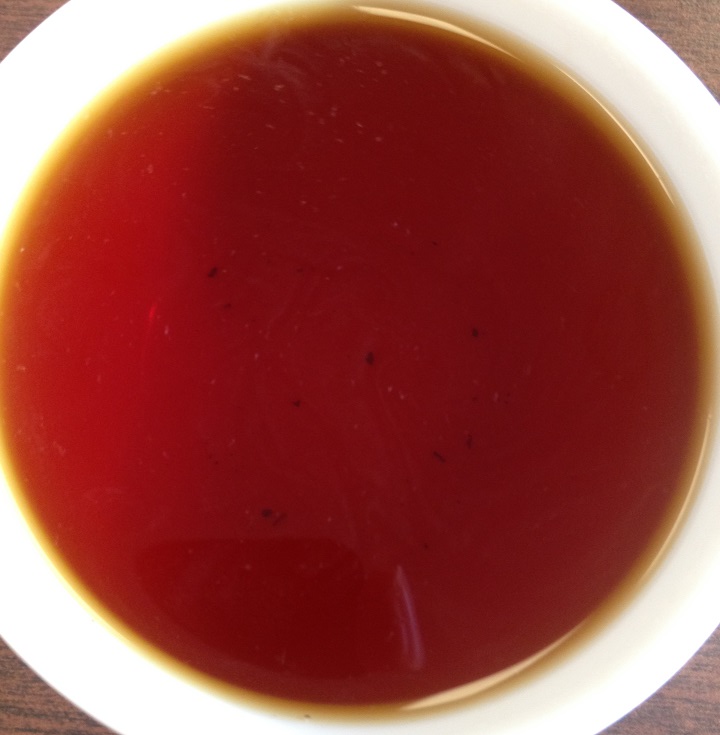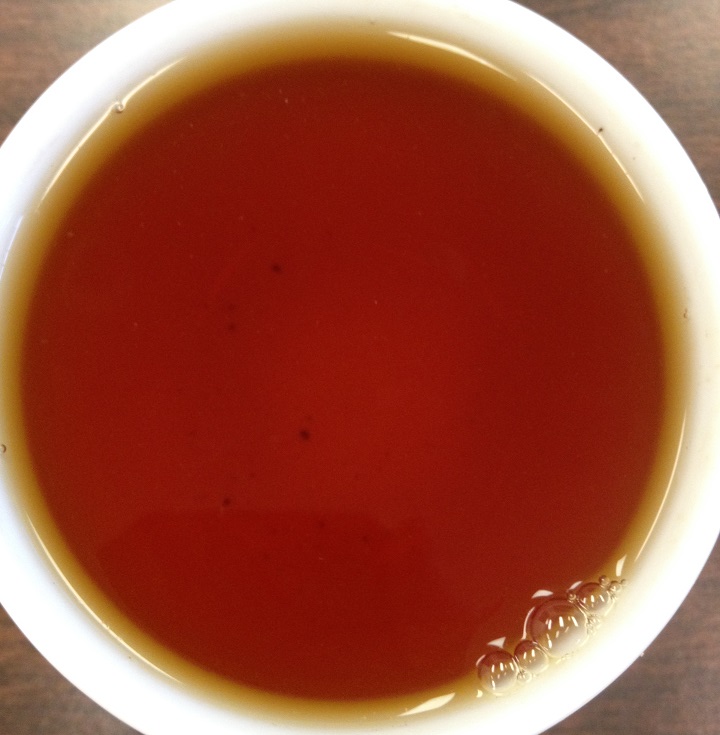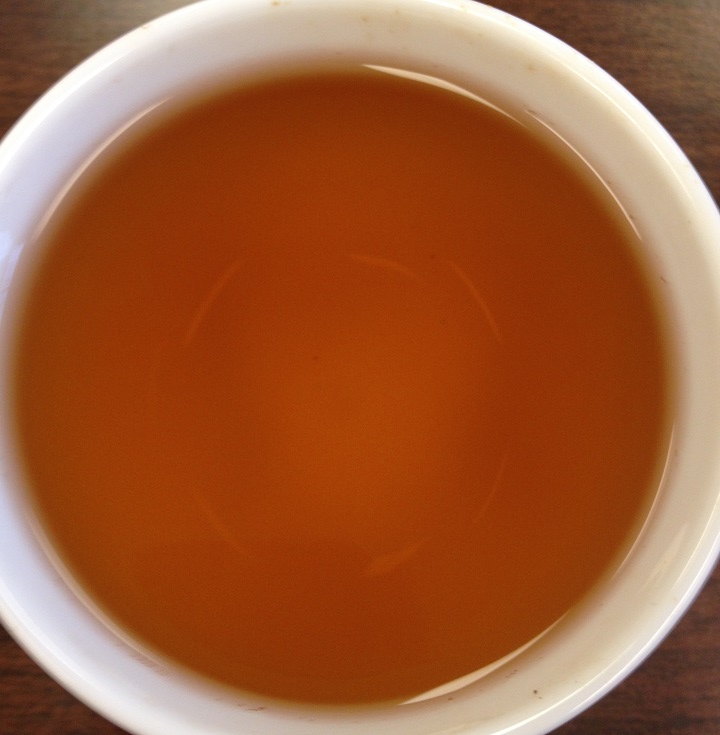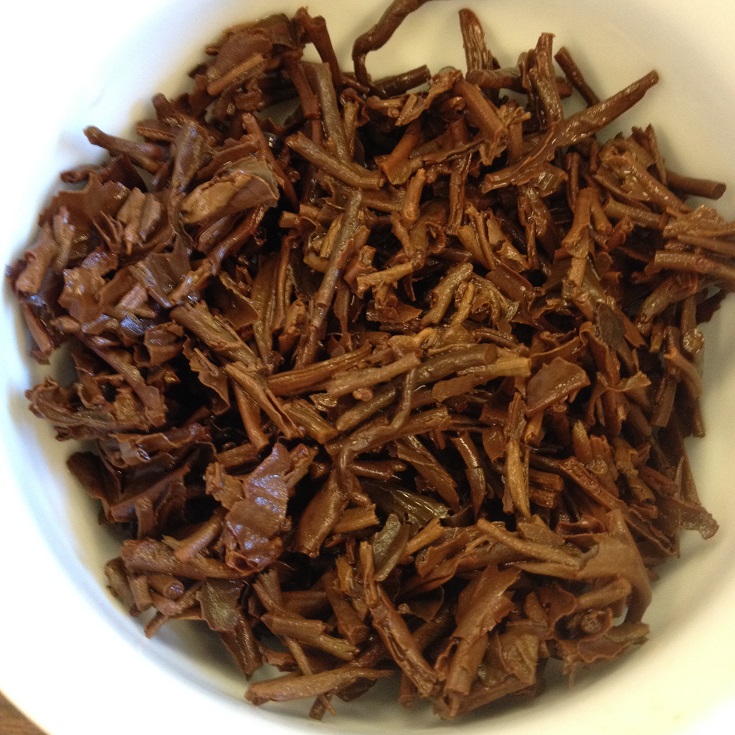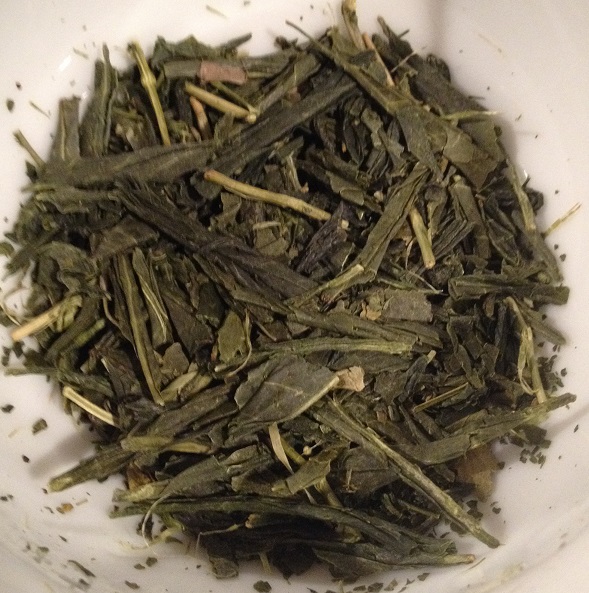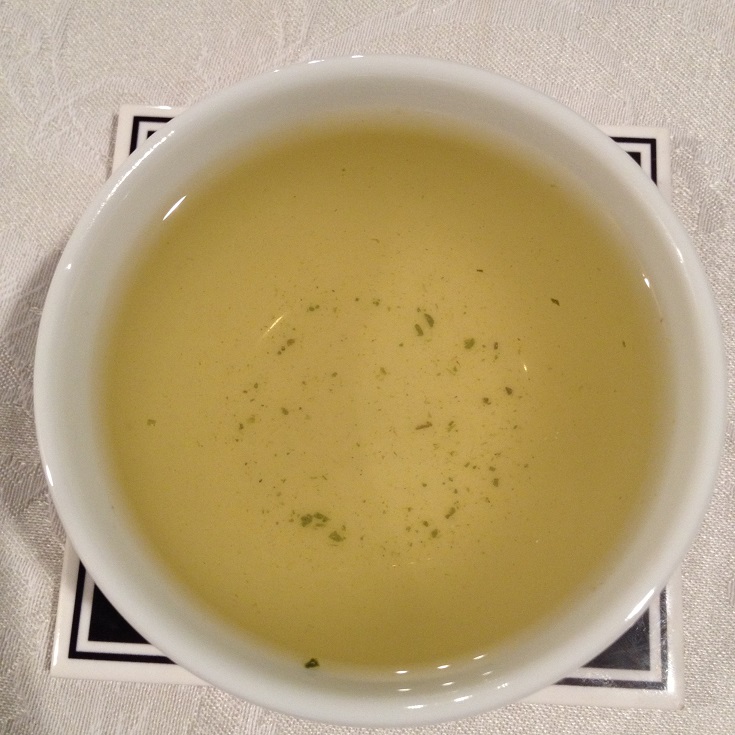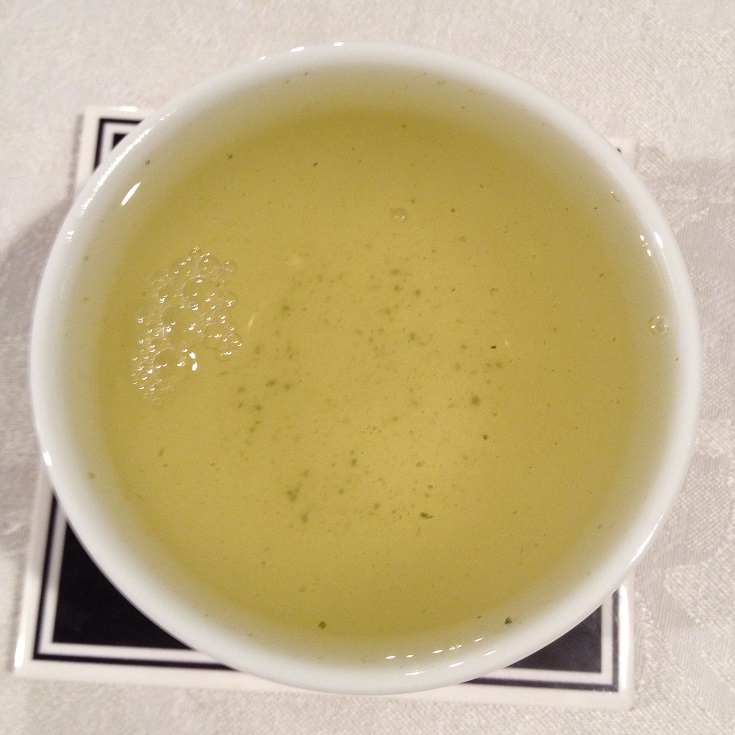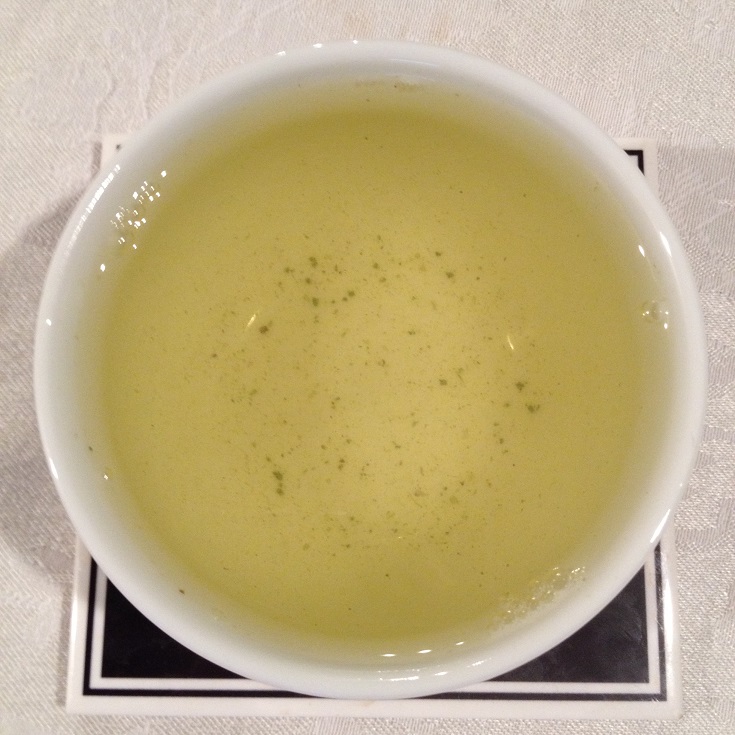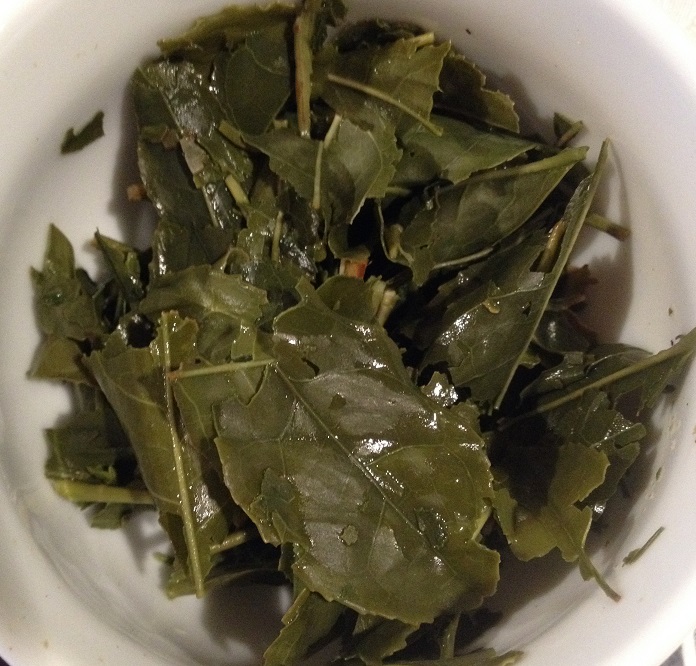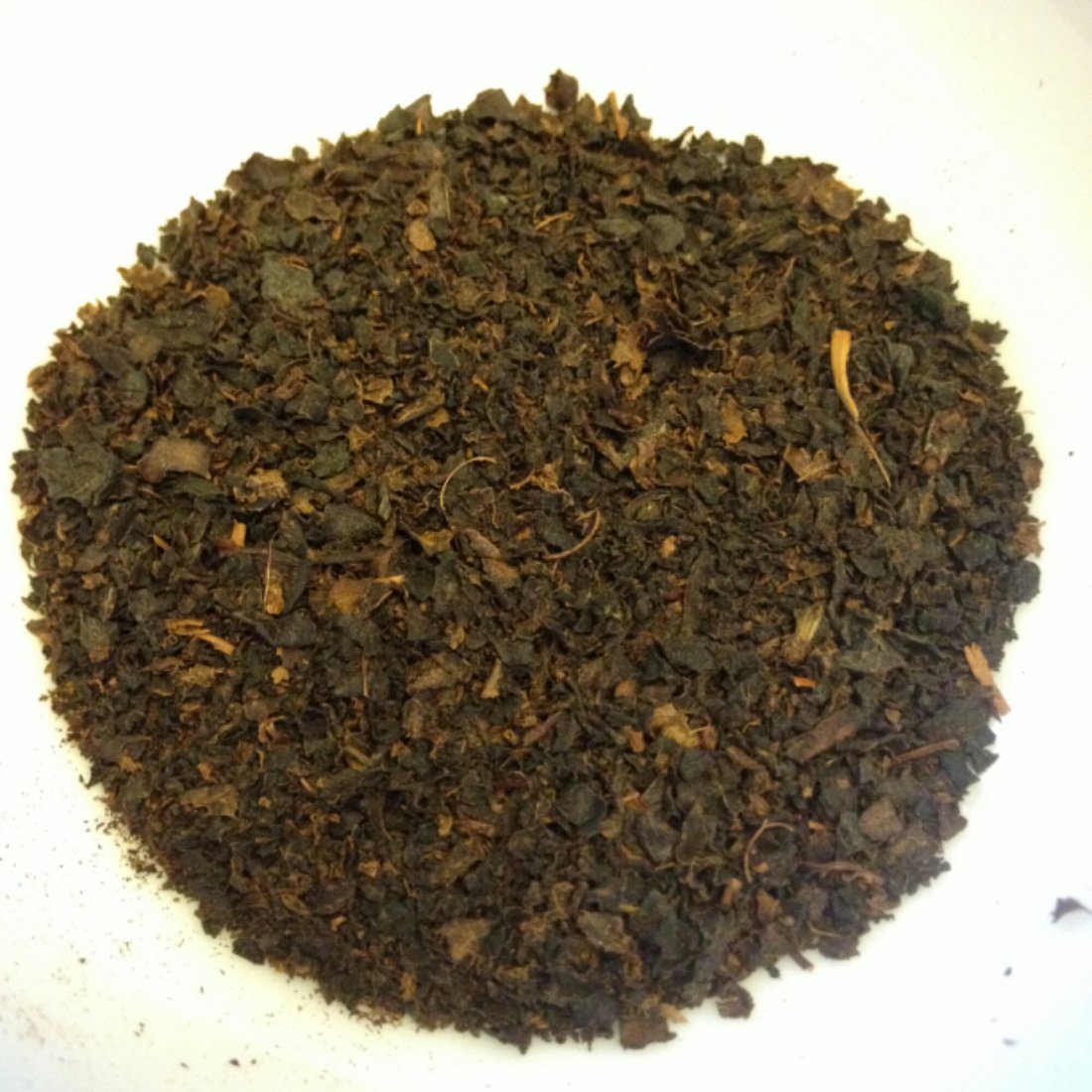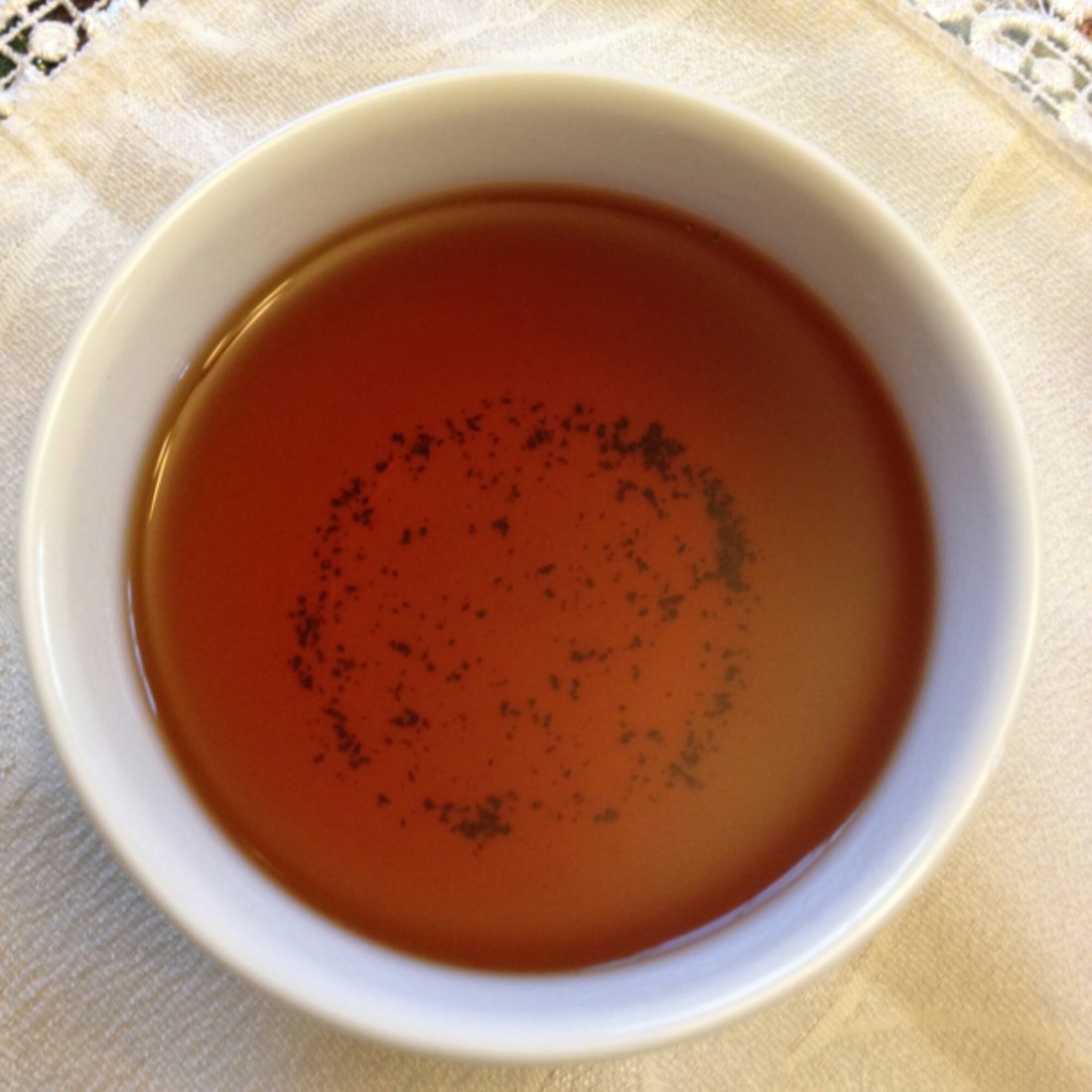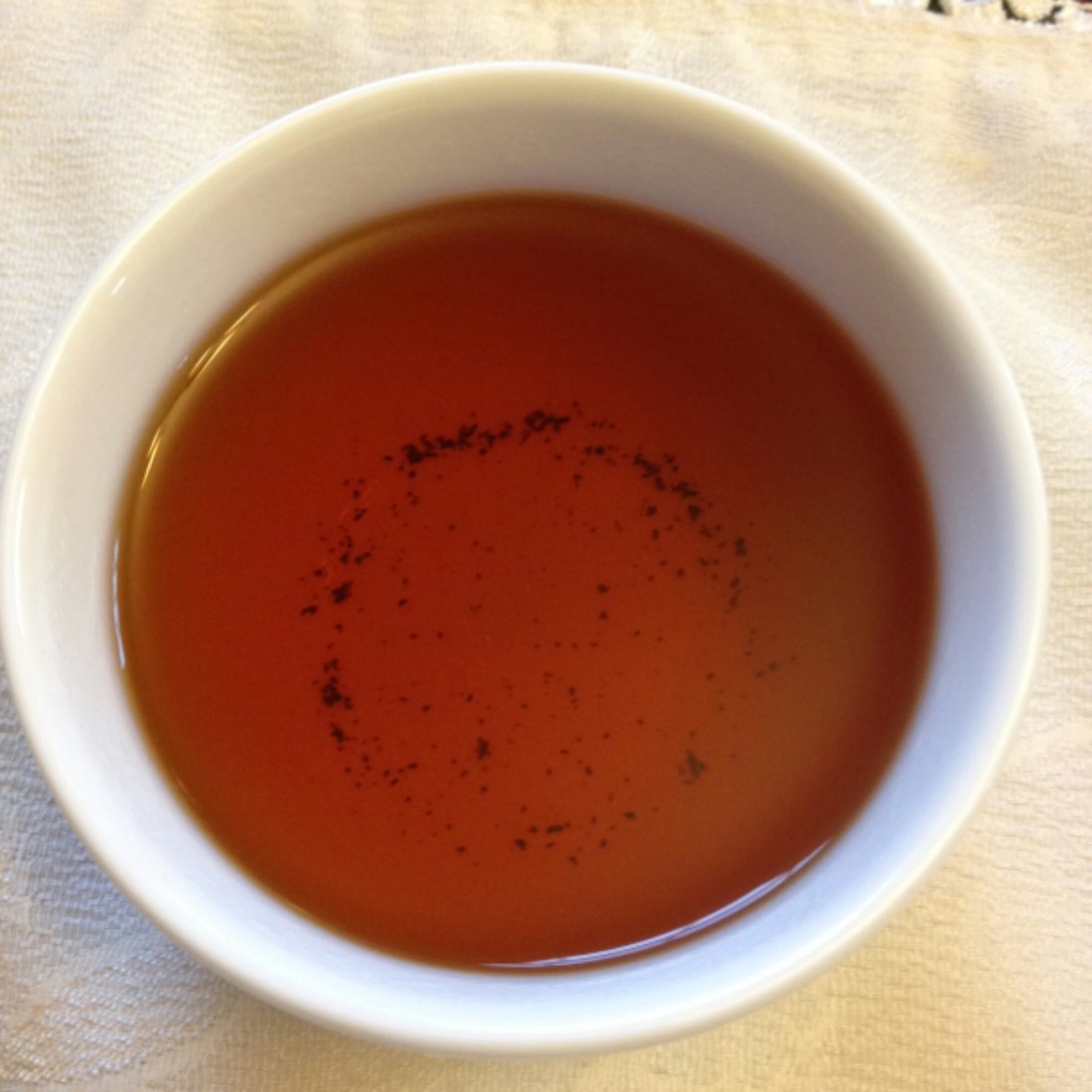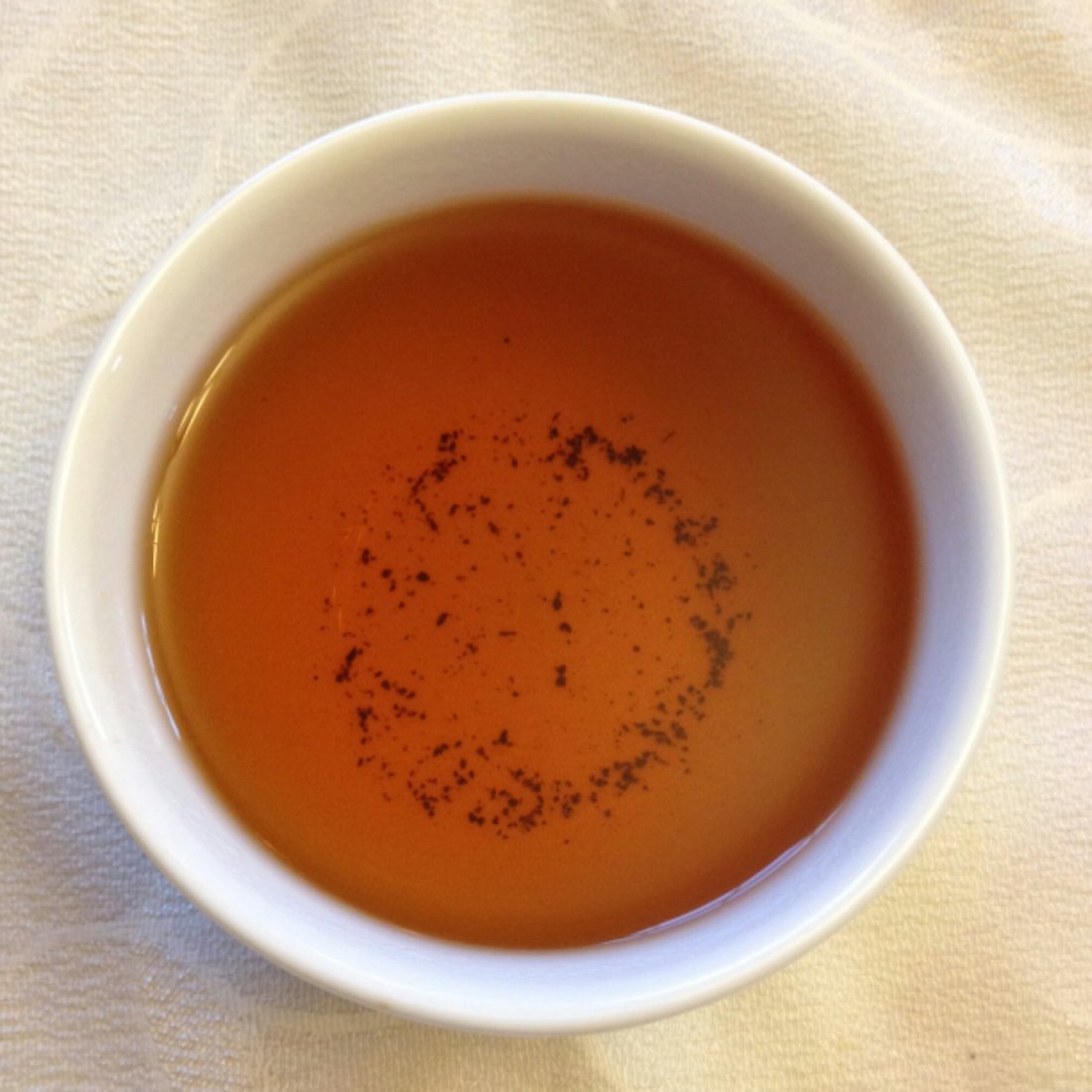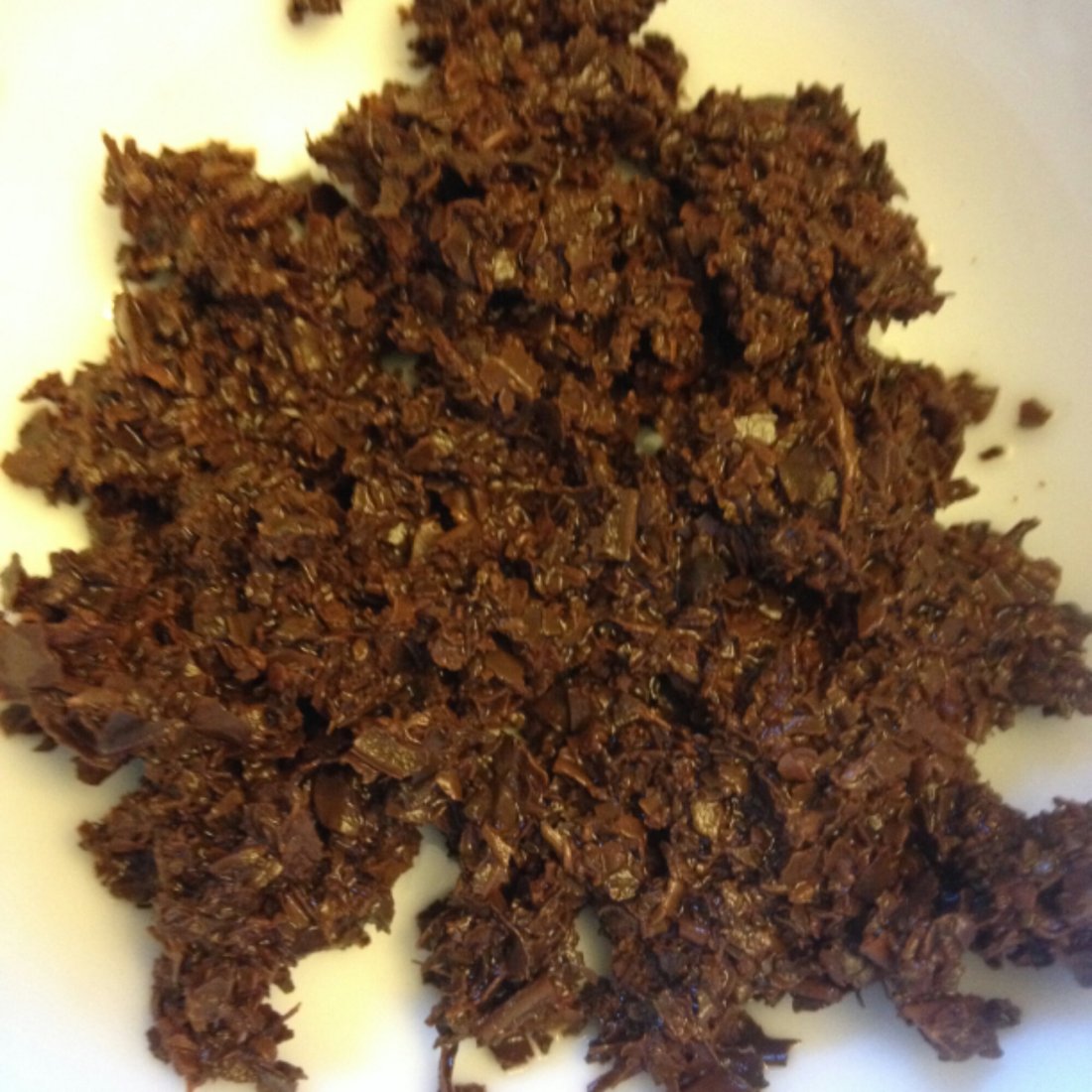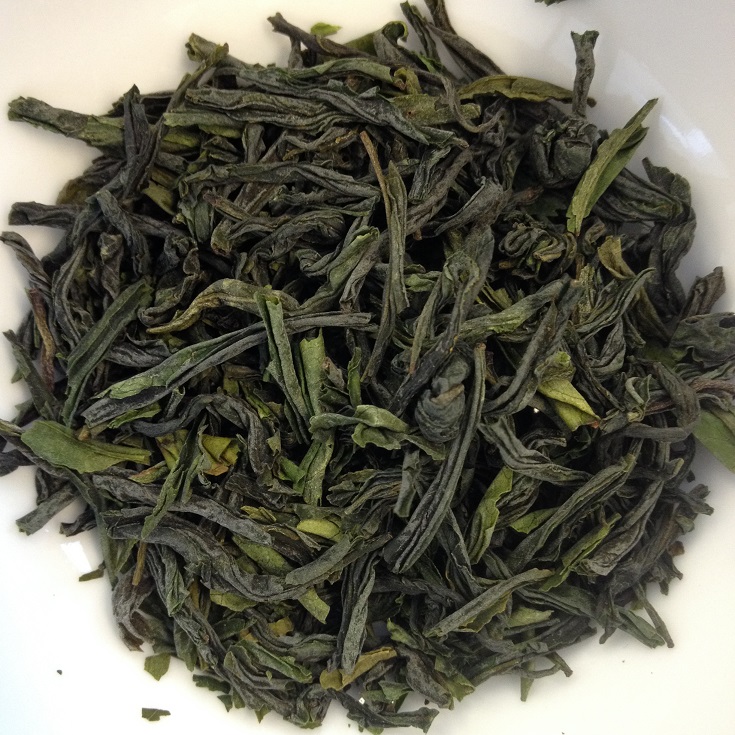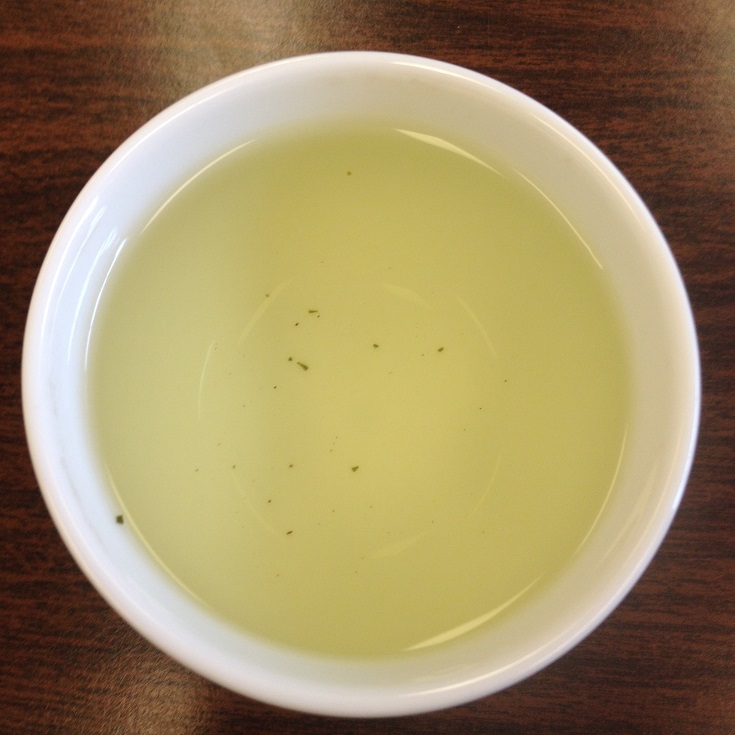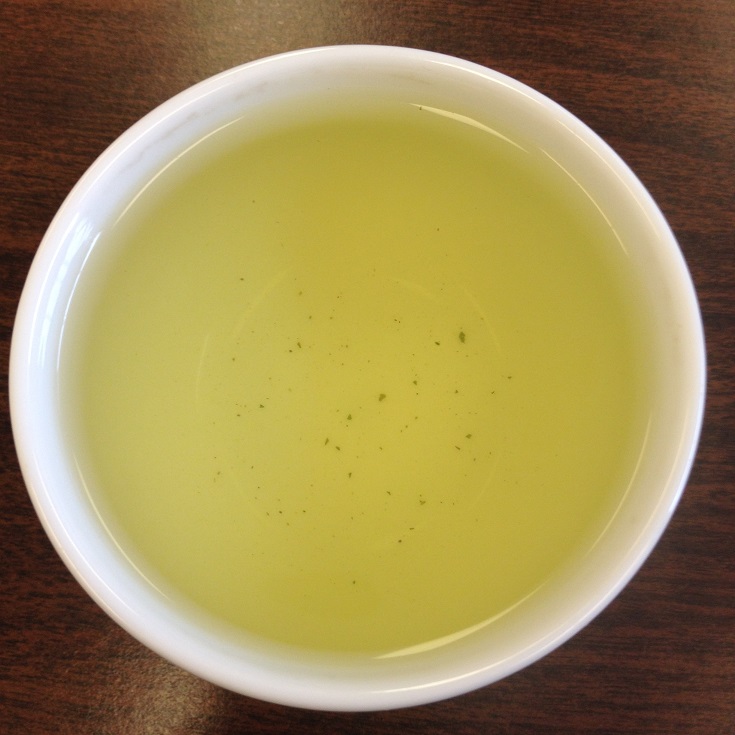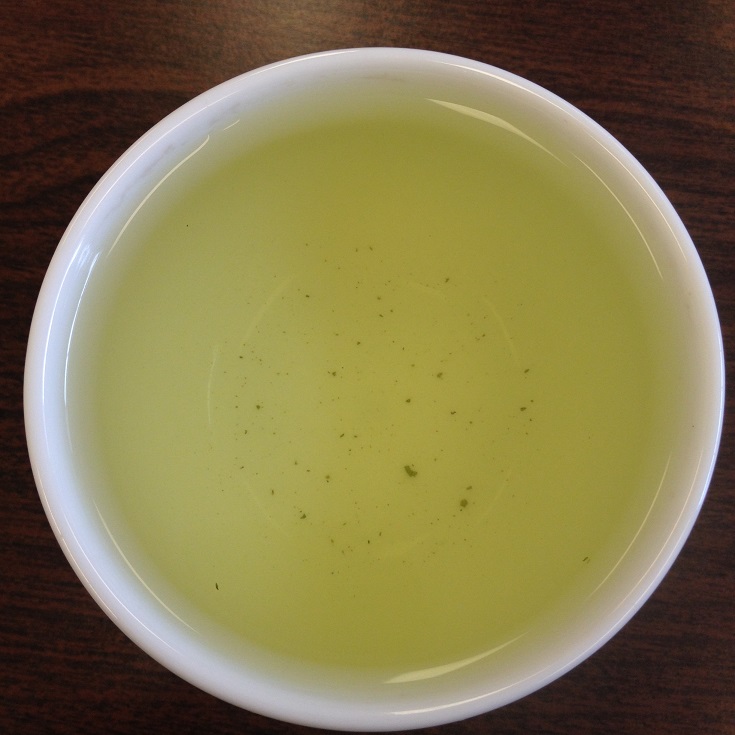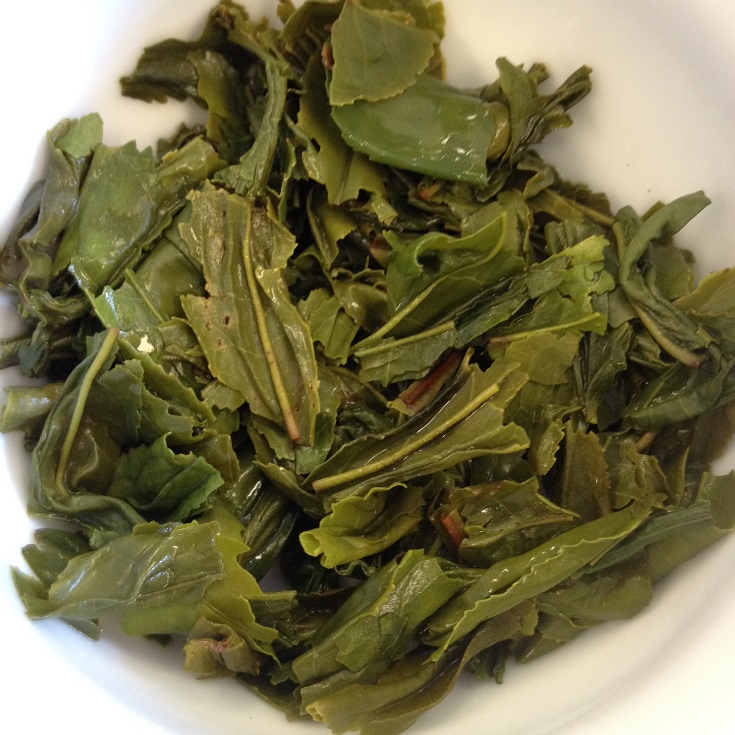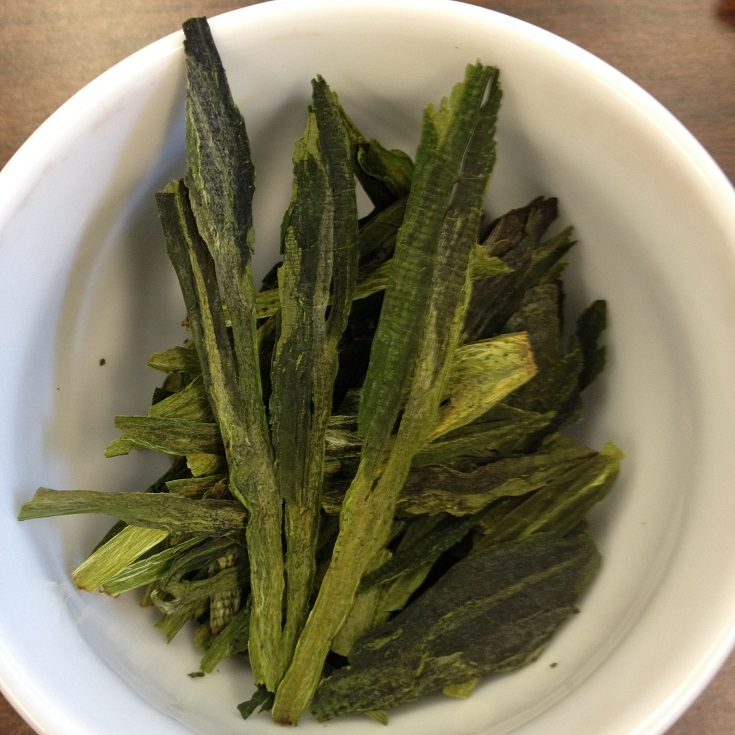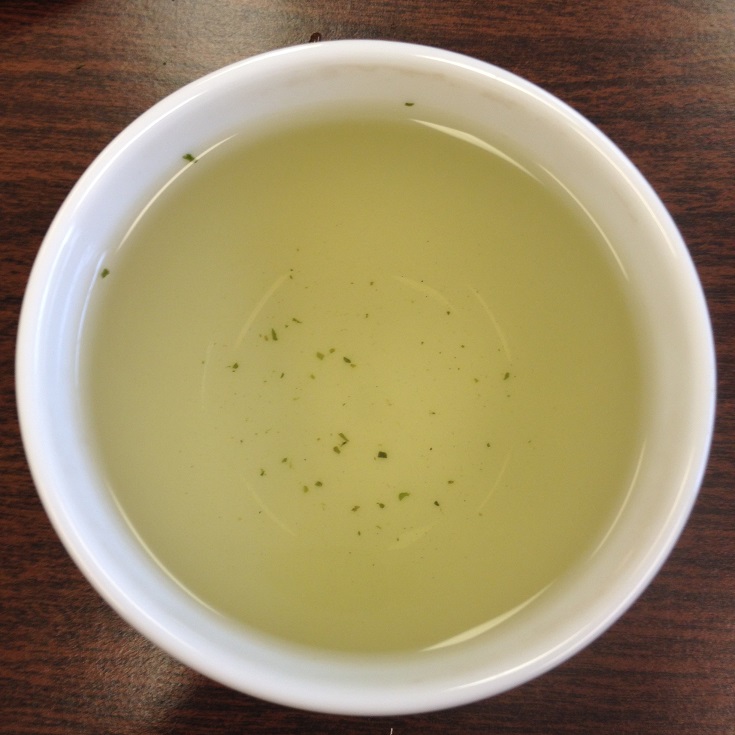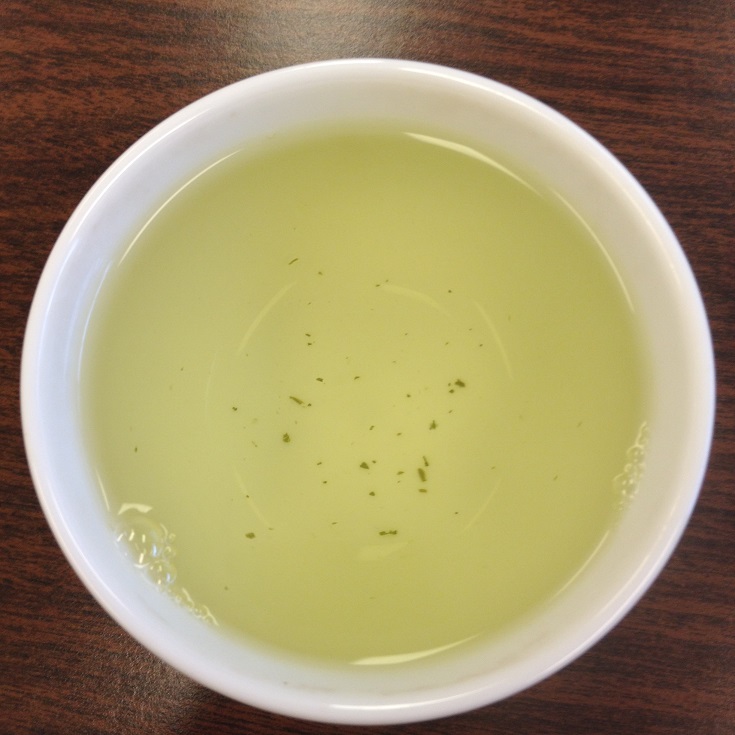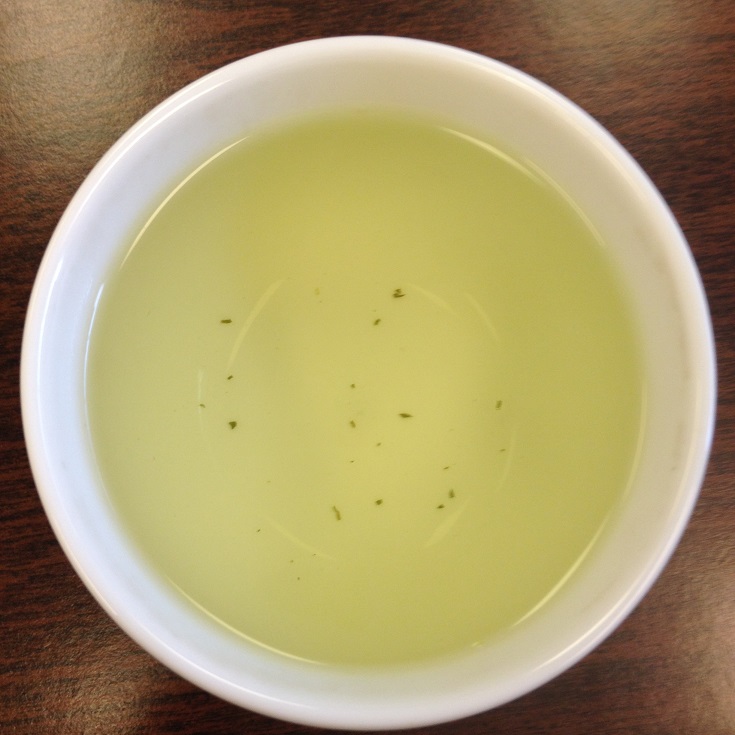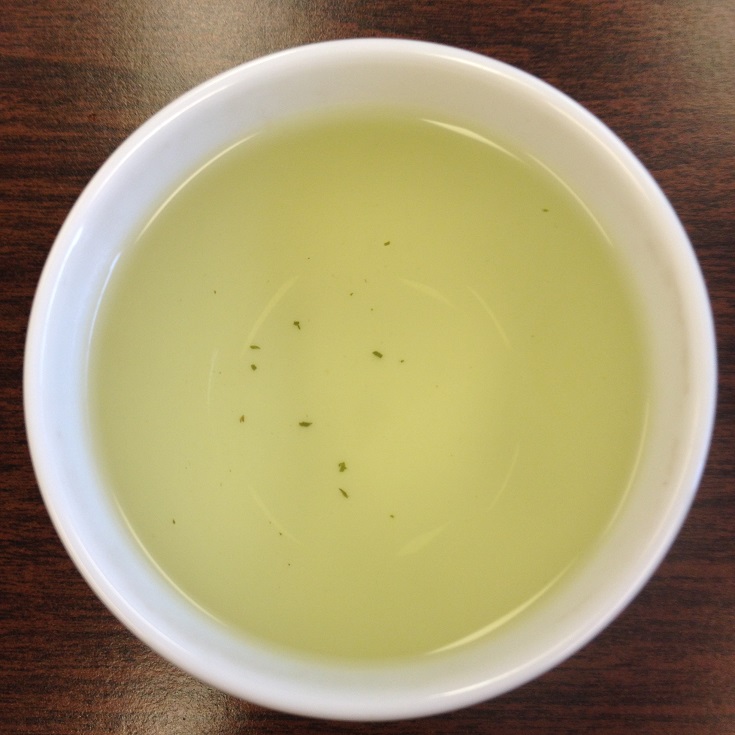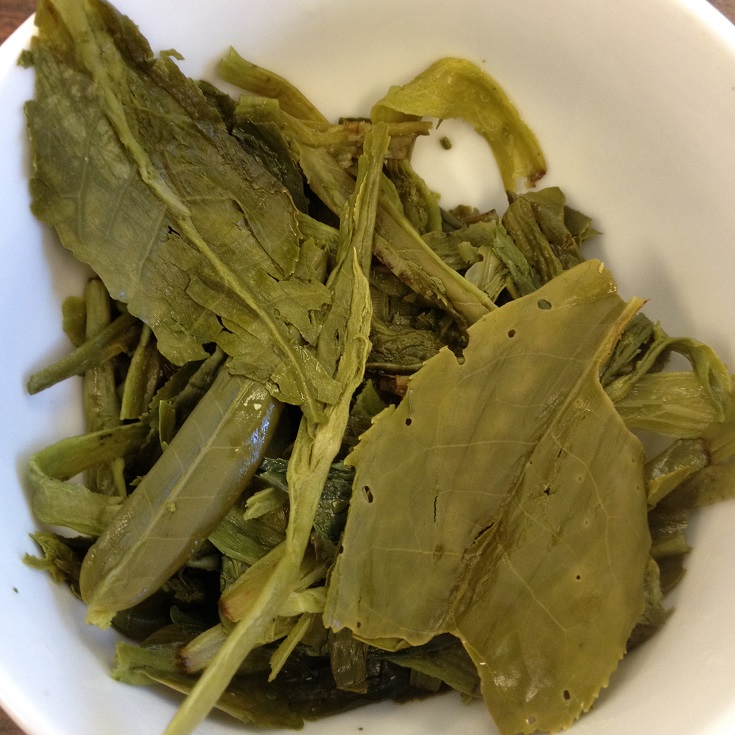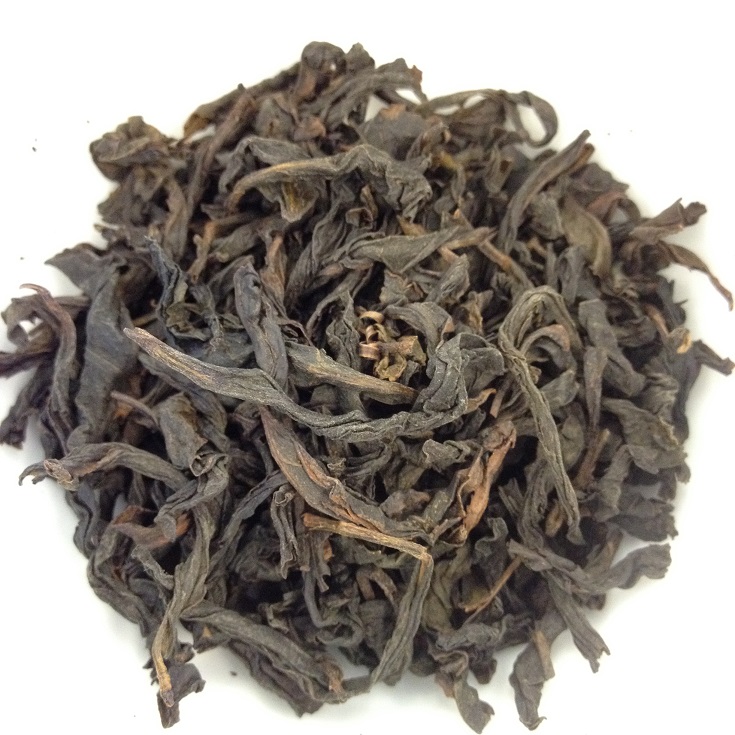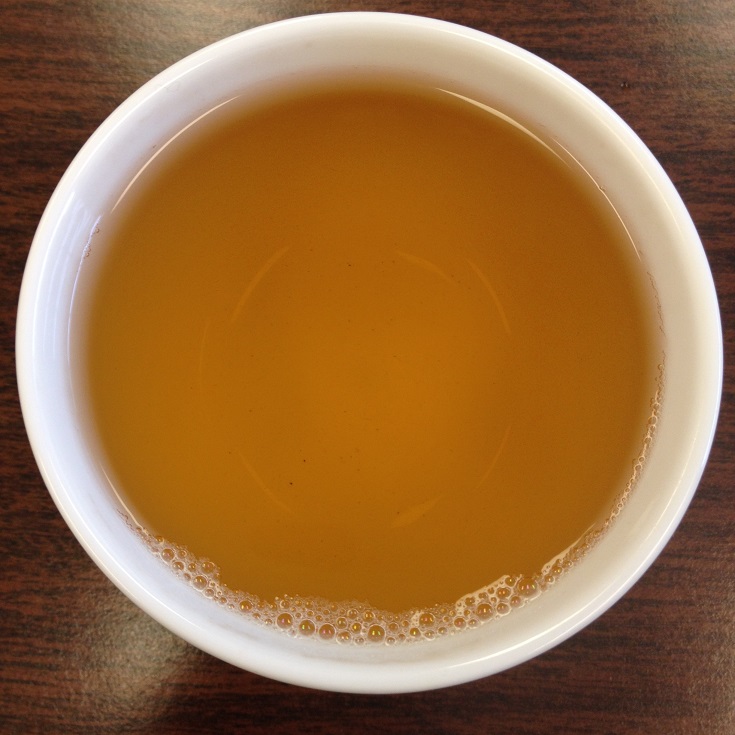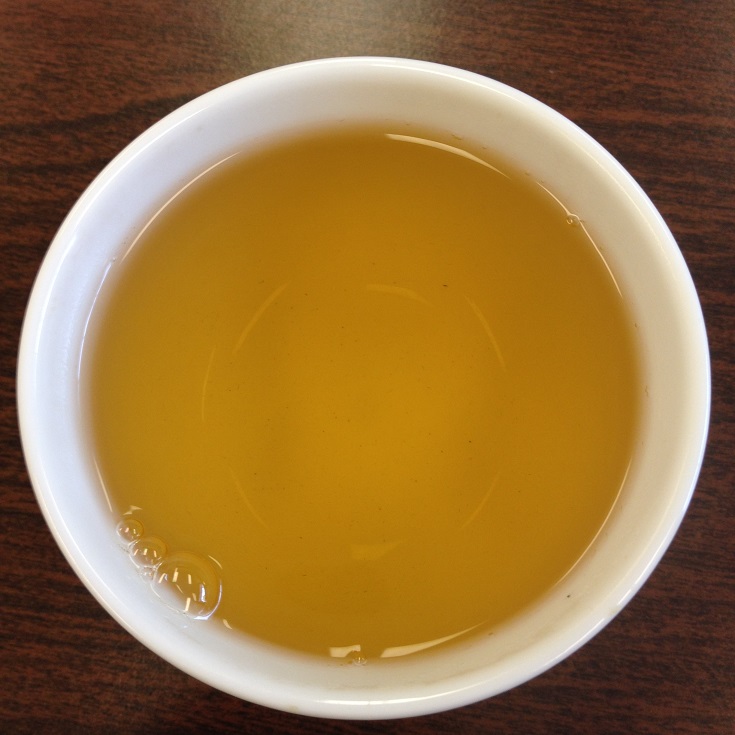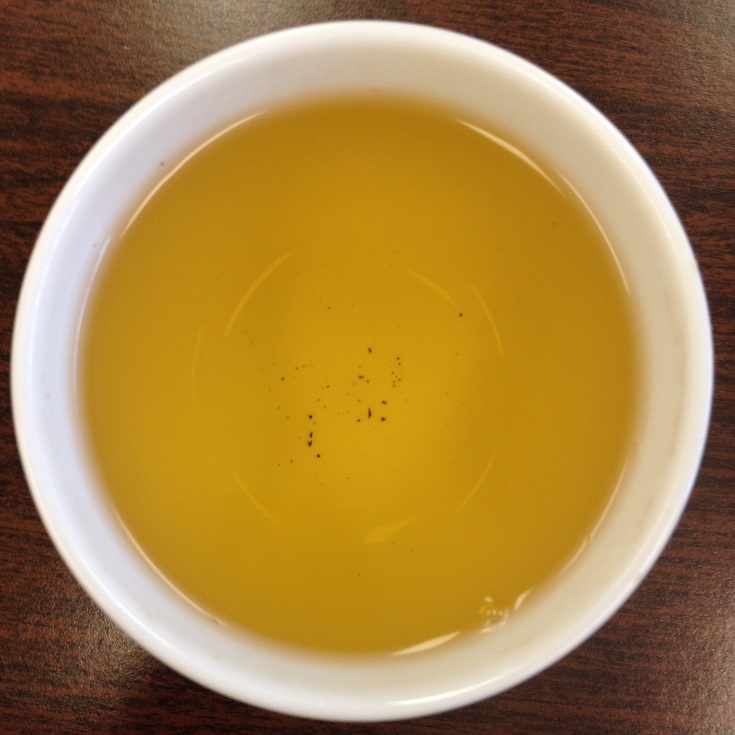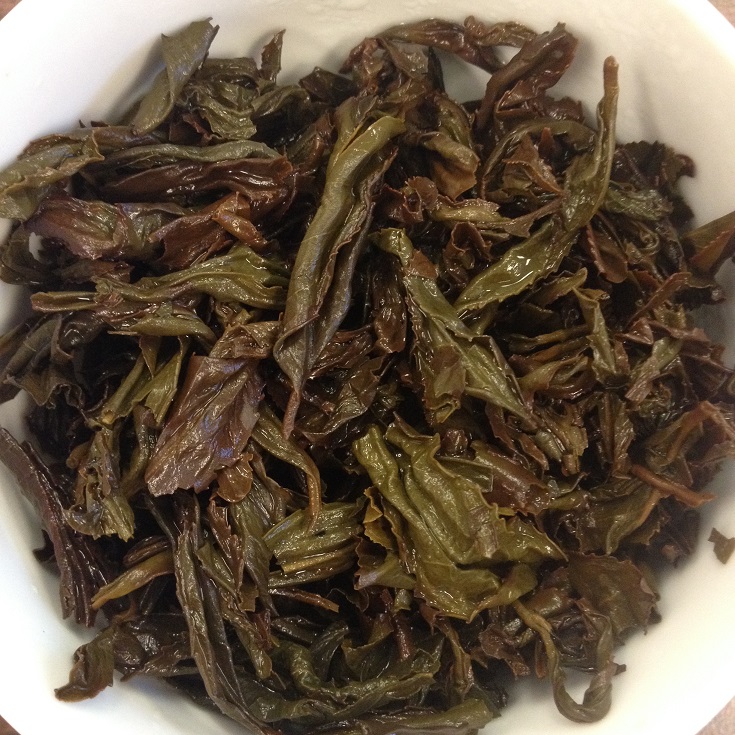Alright, I am going to make this review brief, because it is Friday at 4:15 PM, and I want to get out of my office to start the weekend. Any reader of this blog knows that I am always happy to review the excellent quality teas provided by Lochan Teas Limited. Today’s Sourenee FTGFOP 1 First Flush is one of those excellent products, and I would once again like to thank the Lochan family for providing the samples. Check our the Lochan’s website here.
The amazingly floral and fruity sweet aroma of first flush Darjeeling tea is beckoning to me, so let the journey begin…

The dry leaves have quite a variation in colors, typical of a Darjeeling first flush, ranging from bright green to reddish-brown to black. The leaves have a uniform size and shape. All leaf fragments, no unbroken leaves, some stems. The aroma is phenomenal, with very floral (rose) and sweet (dried fruit) scents.

Nine grams of dry leaves were placed in an 18 ounce (500 ml) cast-iron teapot. Purified spring water was heated to 195°F (90°C). Leaves were infused for one minute on the first infusion, one minute thirty seconds on the second infusion, and two minutes on the third infusion.

The first infusion produced a liquor with a golden-yellow color, clear and transparent. The aroma had a nice floral bouquet or jasmine and roses, with a slight honey scent. The body was medium, with a supple and balanced feel. The taste was almost purely floral, with strong notes of jasmine and rose, and a light fruity (grape) note. The aftertaste was floral and had a pleasant longevity.

The second infusion produced a liquor with an identical golden-yellow color to the first infusion. The aroma remained floral, sweet, and amazing. The body and mouth feel lightened very slightly. The taste had a better balance, and remained floral (jasmine, rose) with a touch of grape. This was one of the best second infusions that I have obtained from a first flush Darjeeling tea. It lost very little character from the first to second infusion.

The third infusion produced a liquor with a slightly lighter shade of golden-yellow color. The aroma lightened some, but was still enjoyably floral and sweet. The body and mouth feel lightened some, but not as much as I expected. The taste was lighter, but retained dominant jasmine and rose notes, and a very slight touch of grape. The aftertaste remains floral, as well. Overall, I was impressed with the strength of the third infusion.

The infused leaves had the typical variation in color, ranging from a fresh light green to copper. The leaves are all fragments and some stems. The leaves are quite delicate, suggesting that they are close to being exhausted of taste. The aroma remains floral, and lightly sweet. This is a very pleasant smell to the infused leaves.
To best describe my overall experience with this tea, my senses of smell and taste took a trip through a fresh field of jasmine and roses. Very refreshing, very uplifting. First flush teas have a very specific energy that can easily be felt, even if one cannot feel energy in other teas. This Sourenee First Flush definitely had that special energy. From the first sniff of the initial infusion through the last sip of the third infusion, I was very pleased with this tea. For the organic tea drinkers out there, this product is also labeled as organic. I am certainly looking forward to the fresh first flushes of 2014. Thanks again to Lochan Teas Limited for giving me the opportunity to try this excellent first flush organic Darjeeling tea. Cheers!
